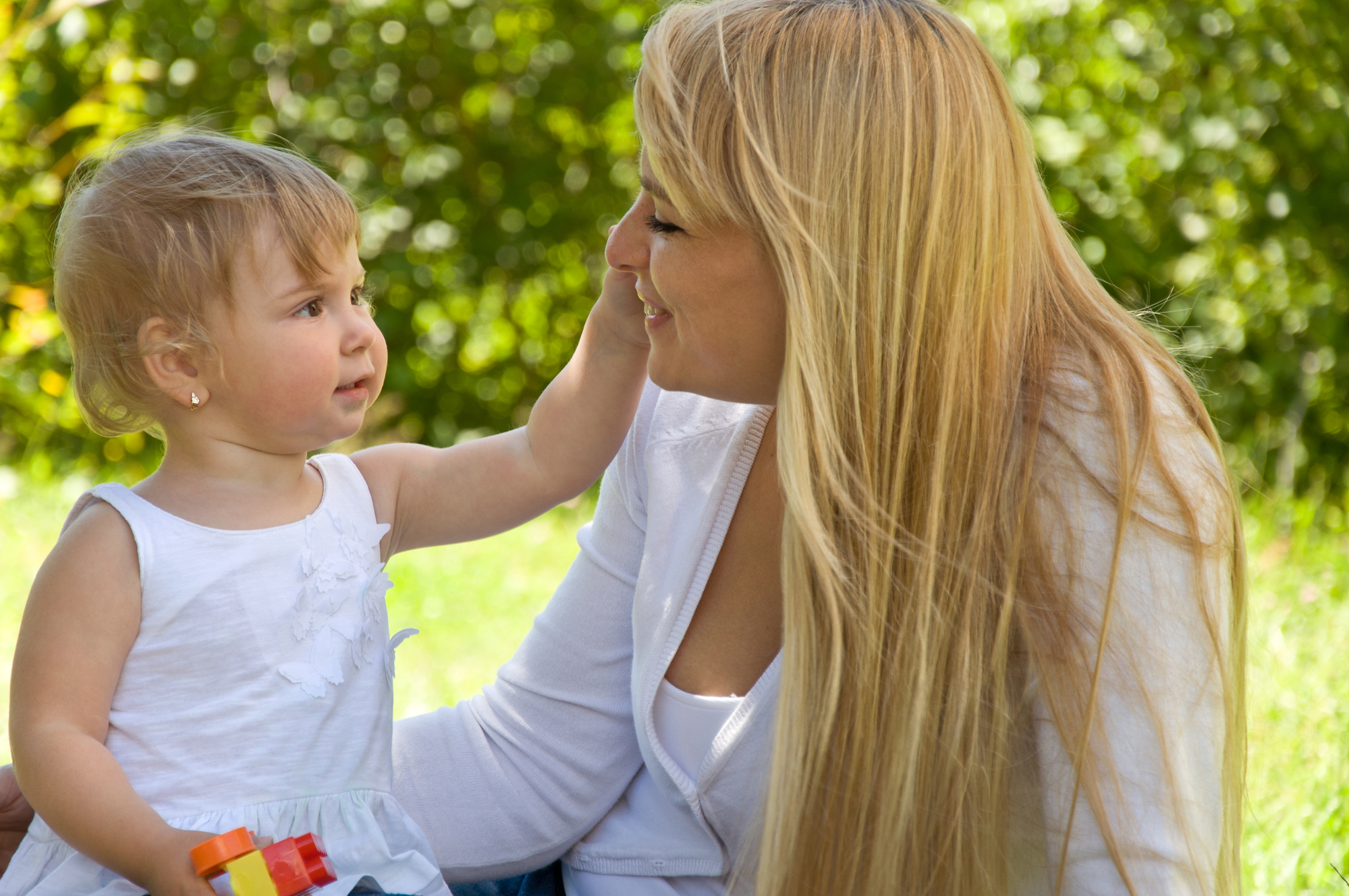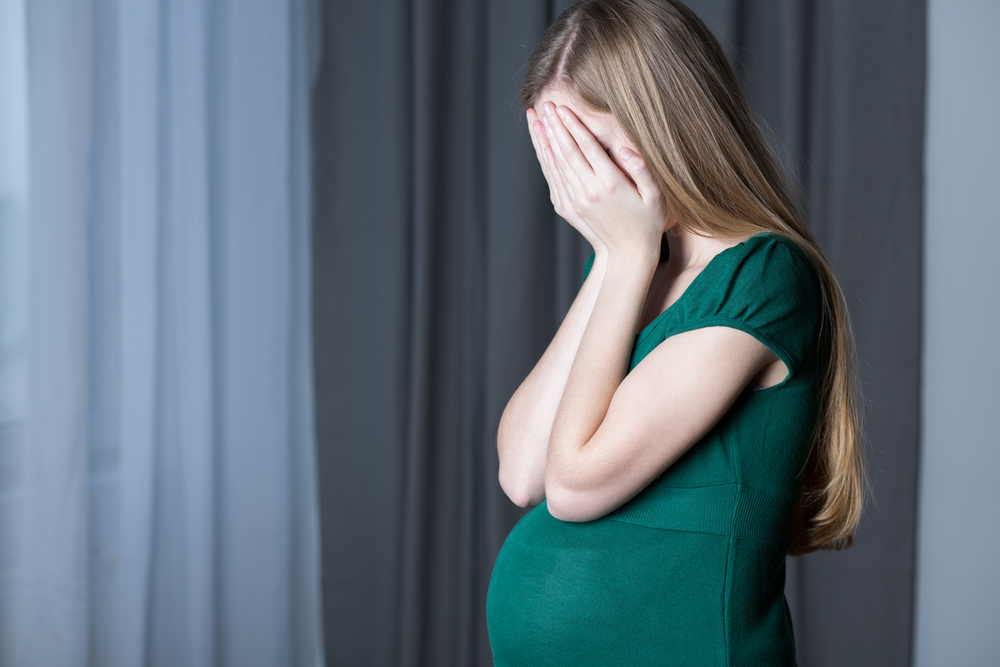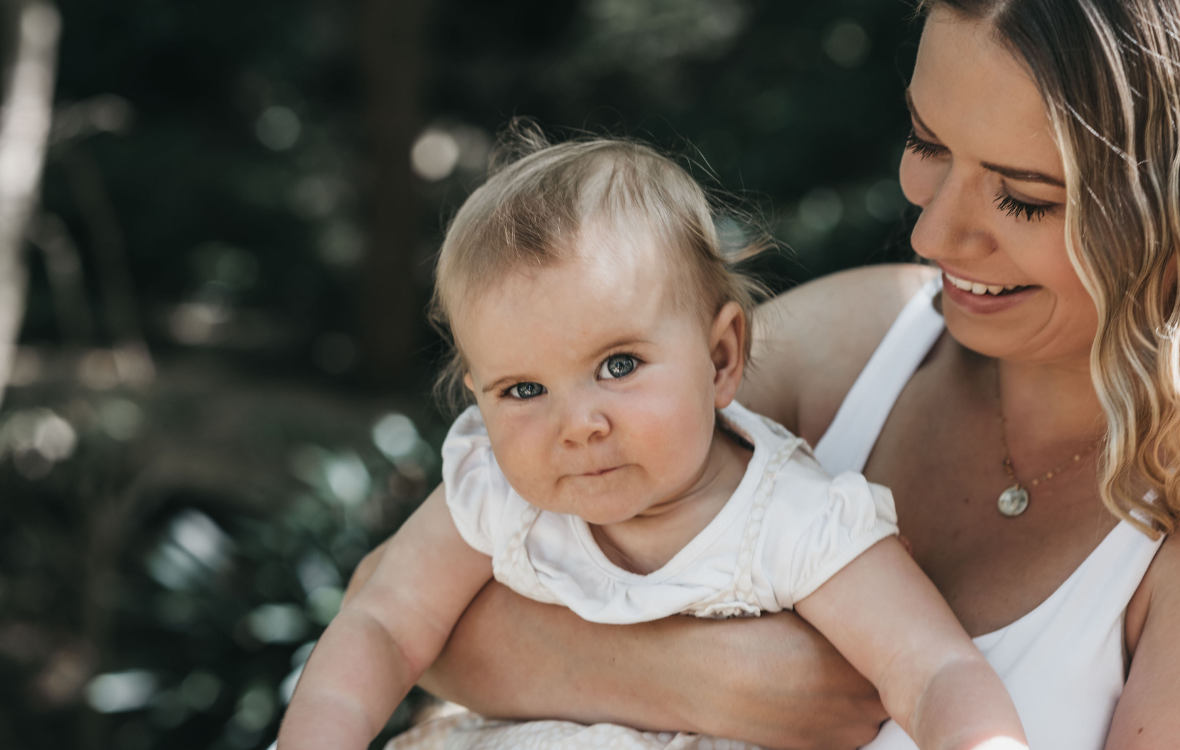by Elizabeth Ryan
Attachment is possibly the most important issue for a baby’s healthy development. It starts with the emotional bond or relationship between the main caregiver (referred to below as “mother”) and baby. Being baby’s first relationship experience, it establishes a template for their adult attachments. Throughout life, the quality of our relationships is closely linked with our happiness, and relationships are usually a source of pleasure for emotionally well-adjusted individuals. While parenting is only one contributor to your child’s healthy development, attachment is an aspect of it you can influence, since, among other things, the mother-child relationship can stimulate a baby’s emotional intelligence.
Emotional intelligence is a collection of competencies associated with how we express and manage our emotions and relate with others. Emotional intelligence is correlated with resilience, which is characterized by our ability to recover from or adapt to, unfavourable circumstances. With robust psychological infrastructure, children (and adults) bounce back from negative experiences. In conjunction with other benefits, emotional intelligence is more advantageous than IQ to interpersonal relationships, emotional health, career success, constructive parenting and our ability to be responsible.
The mother-baby relationship helps establish:
- the basis for babies’ personality and psychological well being
- the exemplar from which they will form meaningful relationships in the future
- their sense of security about exploring their world
- their frustration and stress tolerance
- their self-confidence
- how they will relate to themselves and the world
- their ability to balance their emotions and make sense of their life.
Babies begin to develop secure attachment and the optimum chance of maturing emotionally and physically when their needs are met by a warm and enthusiastic mother. When the mother communicates by mirroring her baby’s facial expressions and conveying empathy, he will feel loved and cared about, which could be considered a form of insulation when difficulties inevitably arise for him. The child whose mother is patient, reliable and responsive most of the time, and soothes her baby soon after she has let him down or he has become upset, is likely to grow up with the ability to develop stable, loving relationships. He’ll likely be optimistic, resilient, curious about the world, to turn to others in times of need, and be able to reflect upon his thoughts and feelings.
Because of their helplessness, infants are entirely dependent upon their mother. As infants’ primary drive is for attachment, babies and young children adapt to the parenting style to which they’re subjected. Unhealthy adaptations, however, require new insight and healing later on in order to cultivate a greater sense of peace within.
Although the measurement of attachment may not be a perfect science, many psychologists and pediatricians accept that there are four attachment patterns.
Secure Attachment
Securely attached toddlers may become upset when their mother is absent but are easily soothed by her when she returns.
Securely attached children have the confidence to explore their environment, safe in the knowledge that they can seek their mother’s support when necessary. Since they’re developing emotional intelligence, which includes the ability to express their feelings, they’re likely to have fewer emotional problems, be more empathic, sympathetic, popular, curious, better problem-solvers, and higher academic achievers than children with insecure attachment.
Securely attached adults tend to:
– Have positive views of themselves and others
– Find it relatively easy to become emotionally close to others
– Be comfortable depending upon others and being depended upon
– Be at ease with intimacy and independence
– Not worry about being alone or not accepted
– Report greater satisfaction in their relationships than people with insecure attachment.
Securely attached parents are generally warm and attuned to their children. Thus, they soothe them with affection, comforting words and reassurance when they’re physically or emotionally hurt. Naming their child’s emotions from an early age attunes their child to her inner world. They also recognize and encourage their children’s need to explore their surroundings. These parents generally raise happier and healthier children than do parents with insecure attachment.
In Part Two, we will look at insecure forms of attachment.
Adapted from a chapter of Heart-Centred Parenting by Elizabeth Ryan
About the author
Elizabeth Ryan is a psychologist in Melbourne, Australia and member of the Australian Association of Psychologists. Through her education and counselling practice, she has gained a wealth of knowledge about the effects of childhood experiences on our psychological health as adults. Elizabeth’s dedication to improving the quality of people’s lives inspires her to educate parents about what matters most.






